The 1912 British Cavalry Sword is akin to the 1908 Sword – it was an embellished version to separate the officers from the troopers who carried wholly utilitarian cavalry swords. The 1912 has a leather grip inlaid with wire and a decoratively engraved guard and blade.
With the introduction of the 1908 and 1912 Cavalry Sword the Victorian debate about whether a cavalry sword should be a cutting or thrusting sword was effectively over and a near century of compromise cut-and-thrust sword styles was ended in the British Empire. The model 1912 is clearly a sword intended for thrusting and has been regarded by some experts as the best cavalry sword ever created. It was used by the British, Canadian and Australian militaries. Not all agree with this assertion however and the point may be moot, for the cavalry sword was mere moments from obsolescence at this time.
A lightweight sword, the 1912 has a thick, stiffened T-shaped blade spine. It flexes just enough to avoid breakage in a high-speed thrust, but it remains stiff enough to ensure that the blade drives home. The tip is a spear-point style – sharp on both ends and tapered to ease the blade into an enemy with frightful ease. While the last third of the sword was sharpened on both sides to allow for cutting, this is largely a token arrangement, as the sword would have been a poor slashing and cutting blade at best.
With its long blade, the 1912 is best used as in the manner of a lance while the horse charges. The only drawback and a point of criticism for the sword is that this manner of fighting has a risk of too deeply embedding the blade into the foe, forcing the cavalryman to drop the sword in the pass or risk breaking his wrist.
The large, bowl-like guard gives excellent protection to the hand without making the sword heavy and the ergonomic, pistol-like grip has a groove for the thumb on the top of the grip to maximize point and direction control of the blade. The weighted pommel helps to balance the blade, keeping it quick and maneuverable.
It would ultimately matter little, for the warfare of WWI demanded radical changes to cavalry doctrine before making horse-mounted cavalry entirely obsolete. Cavalrymen no longer did charges with blades drawn. Instead they fought as rifle-armed mobile infantry, moving quickly into positions supported with horse-drawn machine guns and artillery. The greatest proof of the forced doctrinal change was that the cavalry was issued entrenching tools. In an era of entrenched machine guns and artillery and fields churned with the tracks of smoke-belching tanks, the flashing steel charge of the cavalry was a bygone, romantic notion.
This 1912 Pattern Cavalry Sword has an unsharpened blade of high carbon steel embossed with the symbols and devices of the British Empire. The guard and pommel are of steel and the grip is wrapped with brown leather inlaid with twisted wire. The scabbard is of steel.


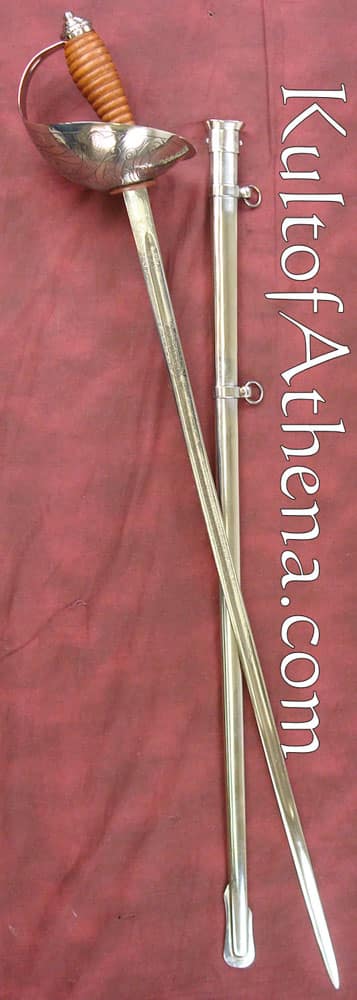


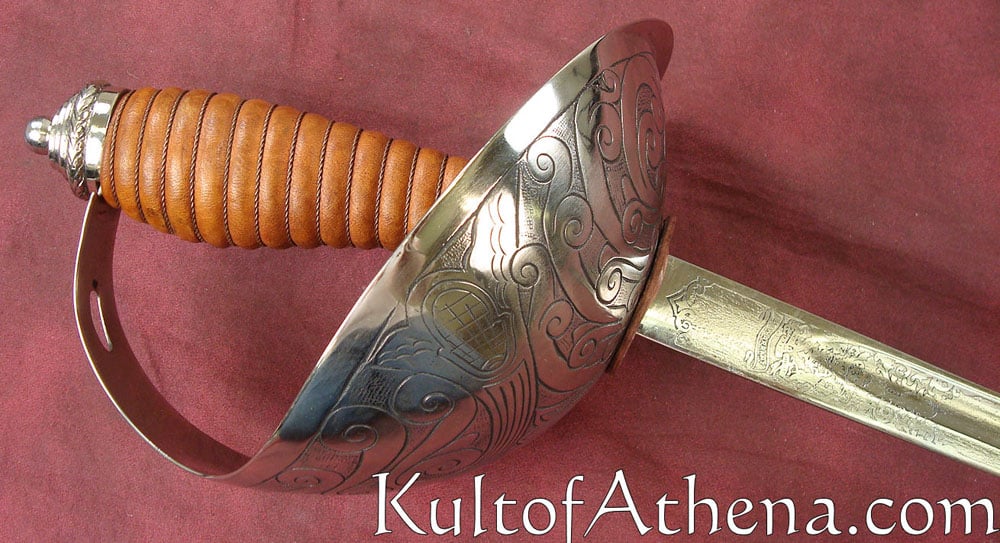
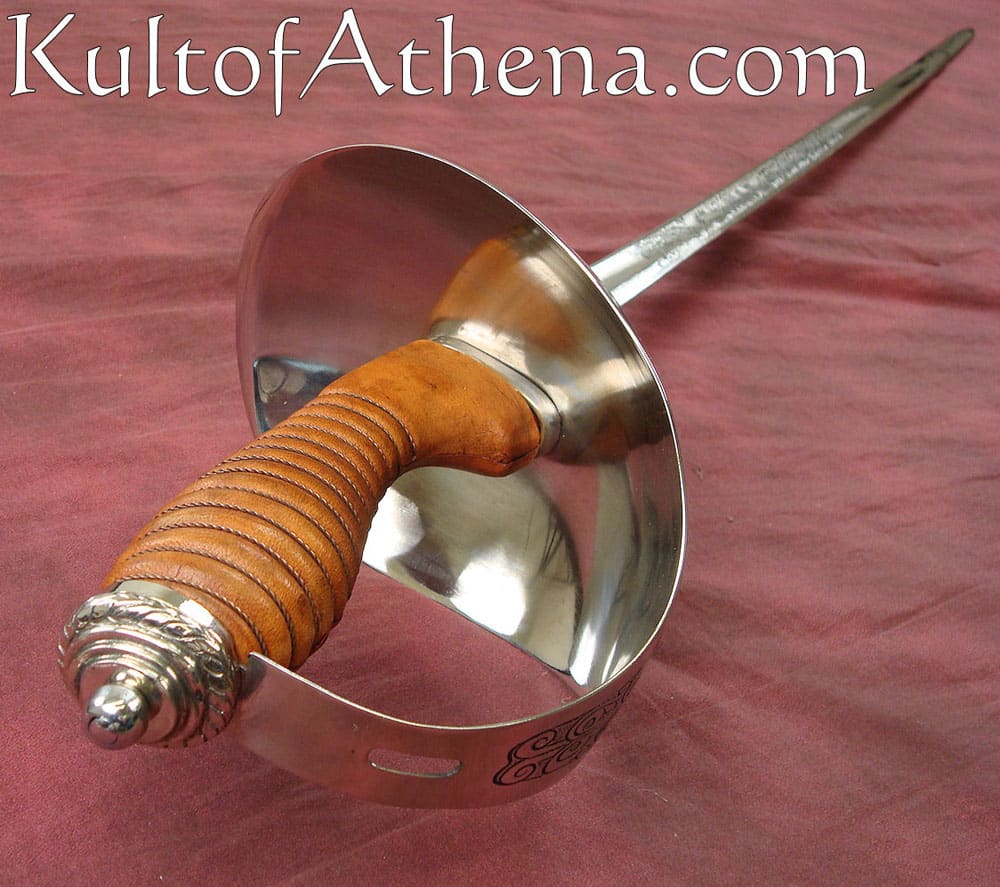
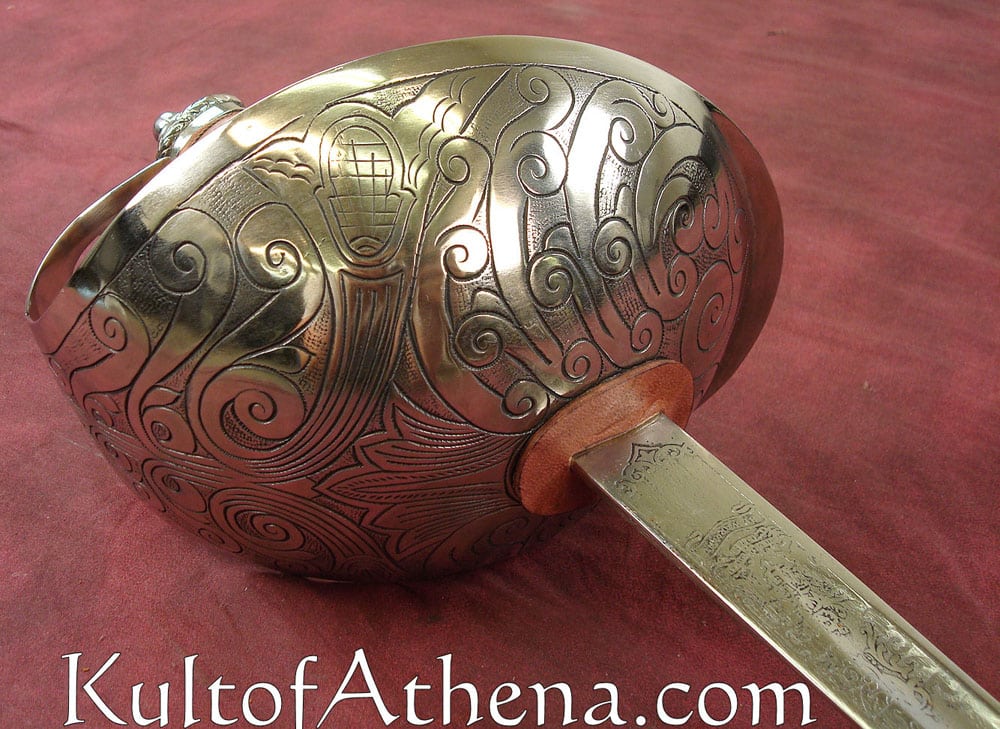
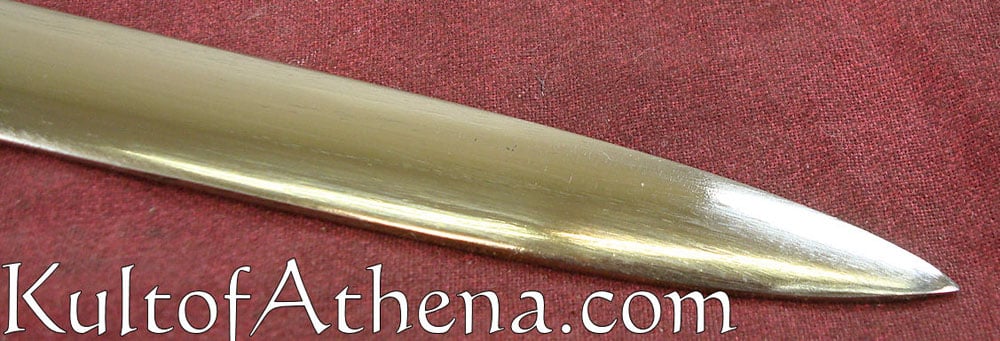
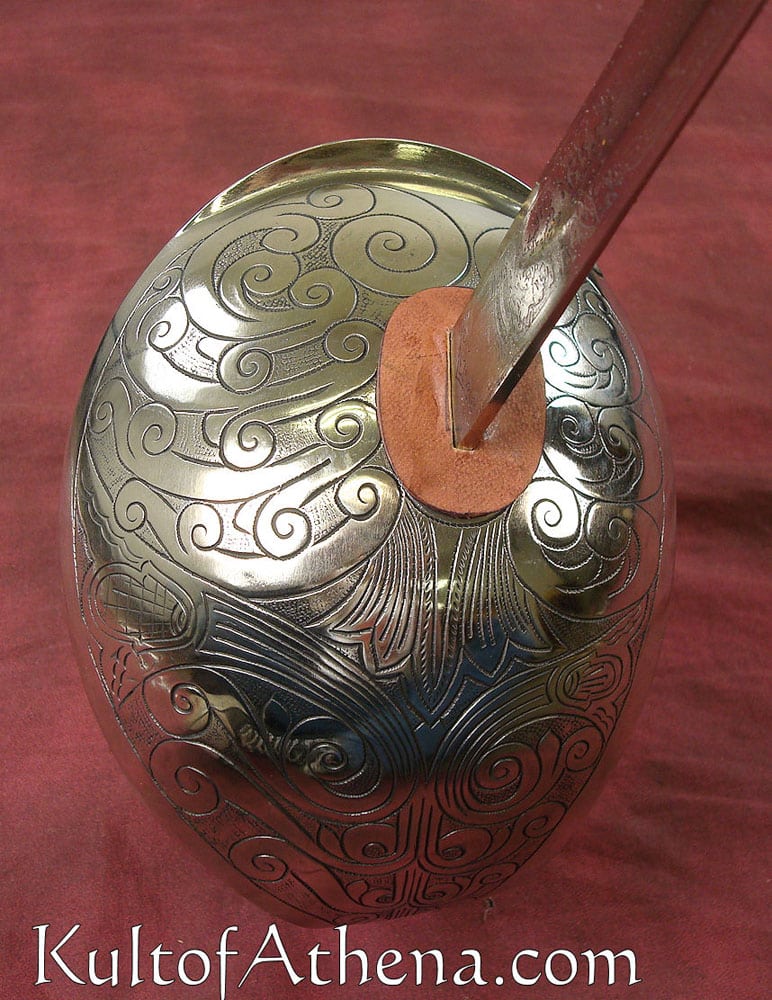

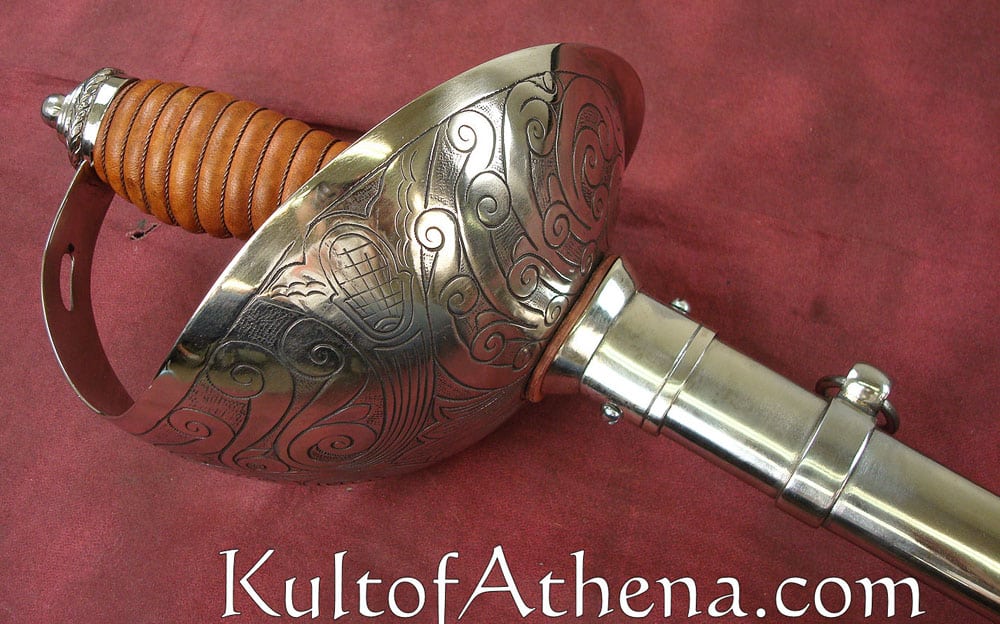
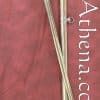
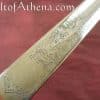

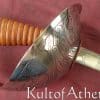
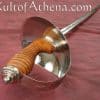
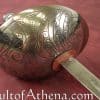
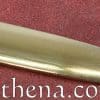
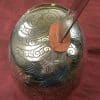
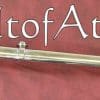
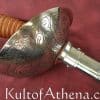
Reviews
There are no reviews yet.